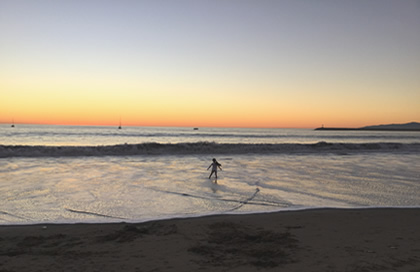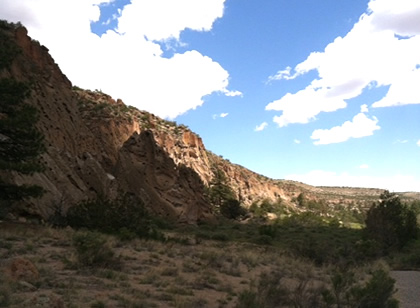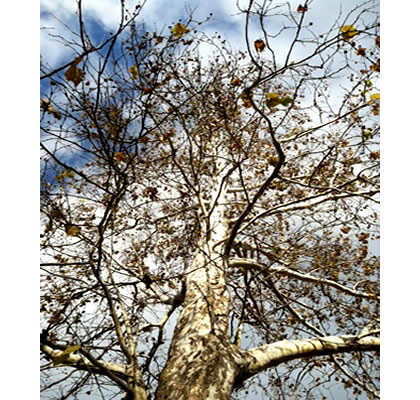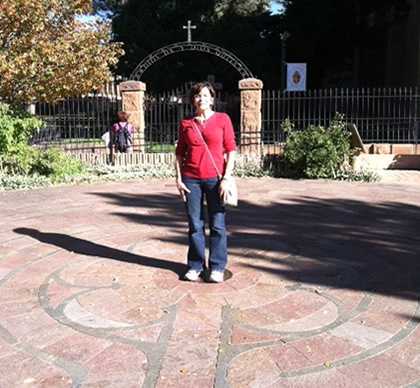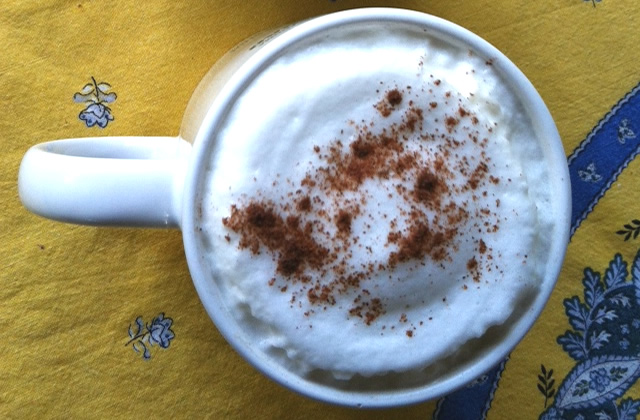
I have been thinking about trading in my old iphone 4 for a shiny new iphone 6. Some days when I sit staring at my phone, waiting for my email, or a news article, or a Facebook page to appear on the screen of my old phone, I imagine the ease a new phone might bring to my life. Emails arrive promptly; photos appear sharp and clear, and my searches materialize without glitches.
Patanjali’s Yoga Sutra tells us that most human beings suffer from afflictions – called klesas – that cause distress and suffering. You may be surprised to know that the main affliction, called avidya, is misapprehension, lack of understanding, or ignorance: we think we know something and we don’t, or we think we don’t know something and we do. This avidya manifests in our attitudes, relationships, and actions causing problems.
One of avidya‘s “children” is raga, which is best translated as a burning desire, attraction, or attachment to something. We have experienced a pleasant situation, and we want to repeat it again, and again, and again. In its most intense manifestation, raga is addiction.
Even today as I sat down to write, I kept thinking about making myself a nice cup of coffee with some foamy milk and stevia. For me, this kind of coffee has pleasant associations beyond the drink – things like sitting at a table under a palm tree outside a coffee shop on a sunny day in Los Angeles talking with my daughter, or sitting with my husband at Wegman’s enjoying a late afternoon coffee and muffin, or coming to my desk with my coffee and writing without hesitation something important for me to express.
Too much coffee has a down side for me, as well, causing heartburn and stomach discomfort, and, if caffeinated, leaving me feeling a little jittery and unable to focus. To think that the cup of coffee will leave me with only the pleasant feelings I have experienced in the past is avidya.
Patanjali calls avidya a confusion, mistaking “the ephemeral for the eternal, the impure for the pure, suffering for pleasure, the trivial for the essential” (YS II.5 as translated by Frans Moors in Liberating Isolation). This confusion is a source of suffering.
There is nothing wrong with buying an iphone 6 or having a cup of coffee with foamy milk. Suffering occurs when we obsess about having the phone or coffee, as if our ability to feel contentment depended upon having one or both. Or, on the other hand, we are so caught up by desire that we fail to see or acknowledge the possible negative effects the acquisition might bring.
To avoid the suffering that arises when raga becomes active requires noticing when the desire or attachments begin to appear. Then we can come to our yoga mat and practice, creating space so we have some distance or detachment from the object of our desire. That space can allow us to reflect on possible causes for the obsession, such as poor diet, lack of rest, or stress, as well as possible consequences. With an appropriate yoga practice we have the tools we need to come back to balance.
This week just begin to notice if raga may be coming up in your life.
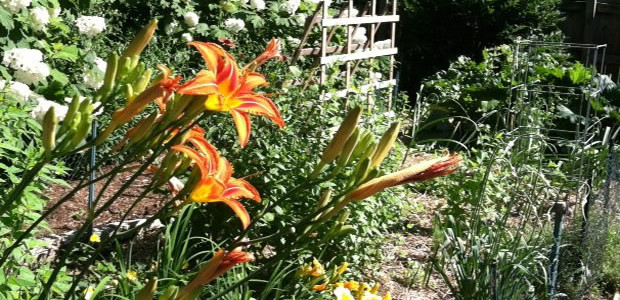
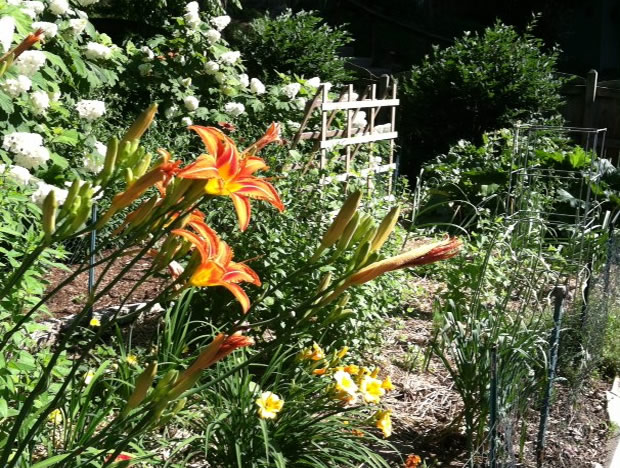
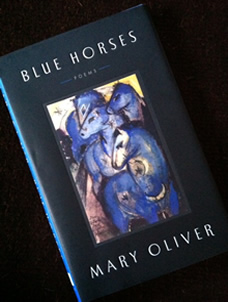 This question has lingered in my mind since it was asked on a form I was filling out for my first reflexology session with my friend and reflexologist Lori Sweet. The question stopped me. I had no idea how to answer it. And, I began to ask myself “what is joy for me?”
This question has lingered in my mind since it was asked on a form I was filling out for my first reflexology session with my friend and reflexologist Lori Sweet. The question stopped me. I had no idea how to answer it. And, I began to ask myself “what is joy for me?”